Film Name:獅子王 / The Lion King
The 1994 animated film “The Lion King” holds special significance for audiences worldwide: it was the first animated feature to gross over $300 million at the North American box office, the first animated film to receive a wide theatrical release in mainland China since the country’s reform and opening-up, a timeless classic that transcends eras, and a cherished childhood memory for countless viewers.
For the live-action remake of “The Lion King” now hitting theaters, these “halos” present both advantages and disadvantages.

The upside is that Disney’s reimagining of its own classic IP, standing on the shoulders of giants, ensures its success even by tapping into nostalgia alone. The downside is the inevitable comparisons to the original—especially when the two versions deliver vastly different visual experiences…
This “The Lion King,” crafted with cutting-edge filming and production technology, brings “real animals” to the screen. While we marvel at the spectacle, we can’t help but ask: Is this attempt truly ideal?
[Friendly reminder: The following contains minor spoilers. If you’re concerned about spoilers…]
First, I must admit that the biggest draw of the live-action “The Lion King”—its stunningly realistic recreation of the African savanna—is an unqualified success.
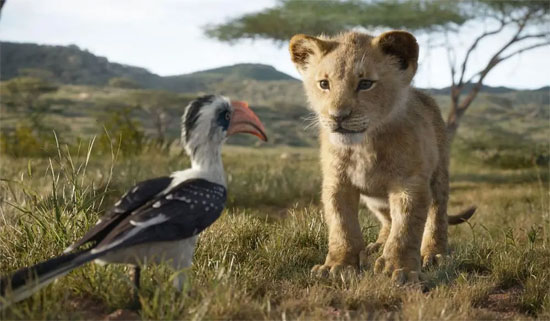
Building on their experience with “The Jungle Book,” the production team “remade” the original animation: capturing the movements of real animals, creating models of them, and using these to produce special effects. Thanks to this approach, characters like Simba, Timon, and Pumbaa truly came to life on the big screen.
This effect differs from traditional 2D animation. For the most part, the film feels like watching “Animal World,” with lifelike appearances and movements offering audiences a fresh experience. The most iconic example is all of young Simba’s scenes early on—innocent, adorable, and full of tigerish spirit—truly a large-scale “petting zoo for cats.”
It’s important to note that this version of The Lion King did not utilize motion capture technology. The entire film was created through virtual production, meaning it brought a two-dimensional “essence” to life in a three-dimensional “reality.”
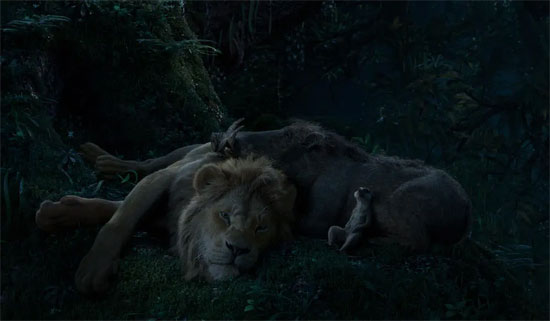
The more you understand the “transformation” involved, the more you admire the film’s actual results.
This includes my favorite characters, Pumbaa and Timon. While faithfully recreating the animal forms of a warthog and a meerkat, the film also preserves their animal behaviors to a great extent. Hearing them sing the iconic song “Hakuna Matata” is truly a fresh and magical experience.
Moreover, compared to the original animated version, the live-action “The Lion King” adds nearly half an hour of story, refining and polishing many aspects of the “Hamlet”-inspired narrative—a timely adaptation indeed.
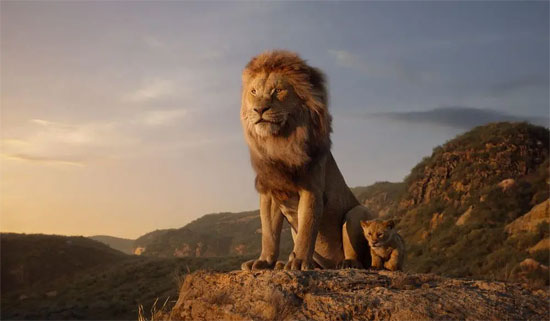
Then there’s the Oscar-winning, enchanting score by Hans Zimmer, James Earl Jones reprising his role as Mufasa, Beyoncé’s passionate contribution, and “Happy” Jon Favreau finally realizing his dream of directing The Lion King…
On the surface, everything about this film seems perfect. Yet upon actually watching it, the viewing experience proves less than satisfying—a peculiar sensation creeps in alongside the positive aspects. To put it plainly, it’s what we often call a “sense of incongruity.”
As the saying goes, “What makes you succeed can also be your downfall.” While the lifelike animal designs and natural environments deliver novel effects, they also severely constrain the animation’s inherent strengths: rich, exaggerated, and layered artistic expression.
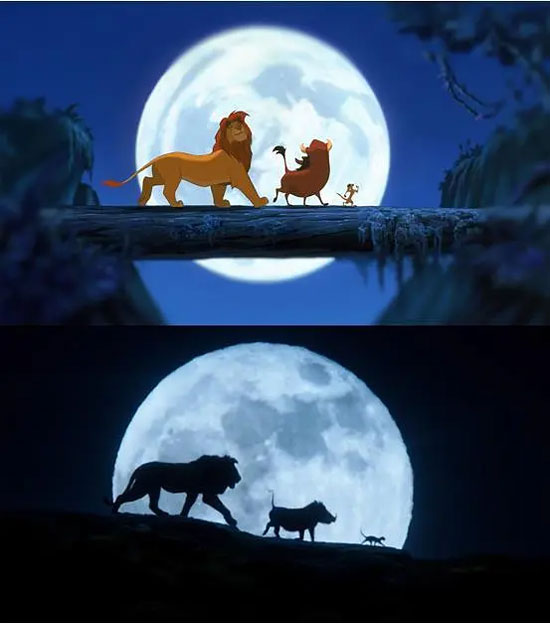
The live-action adaptation of “The Lion King” strives to preserve the classic scenes and key narrative moments from the animated version. However, when directly compared side by side, numerous distinct differences become apparent.
The animated “The Lion King” stands as a pinnacle of traditional hand-drawn 2D animation—likely its final masterpiece. Though its characters take the form of animals, they possess a vivid, anthropomorphic quality… Its inability to achieve “realism” is precisely its strength.
A close comparison of identical shots in both versions reveals that while the live-action adaptation can replicate the visuals, it often captures the essence best in long shots and static scenes. The closer the shot and the more dynamic the action, the stronger the sense of incongruity becomes.
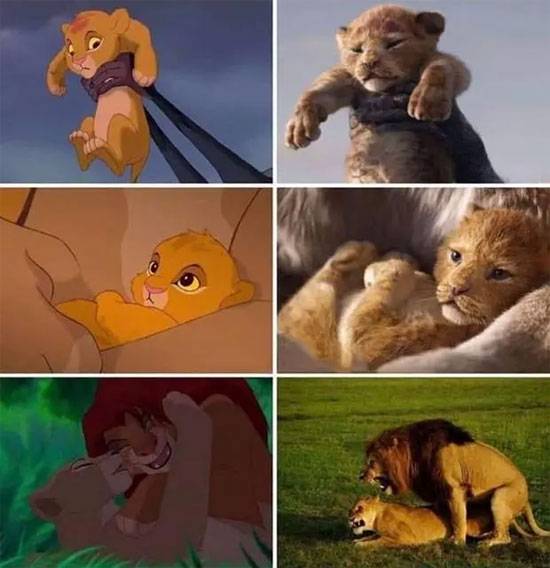
Jon Favreau stated that the goal for the CGI-animated “The Lion King” was “vivid realism” rather than “flawless perfection,” with the greatest challenge being striking a balance between the two… Judging by the final film, it undoubtedly strives for perfection in realism.
Ultimately, in the real animal world, creatures don’t strike exaggerated human-like expressions or burst into song at the drop of a hat. Thus, photorealistic animals lack the broad foundation needed to evoke audience immersion and empathy.
By contrast, animation carries no such baggage in this regard.
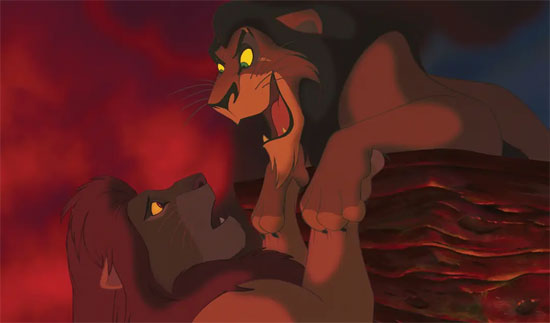
Take the scene where Scar kills Mufasa: in the animated version, the stampede of wildebeests, the sky darkened by storm clouds, combined with Scar’s sinister grin and Mufasa’s stunned despair, amplified by the music, creates a perfectly dramatic effect. Here, “artistic exaggeration” is utilized to its fullest potential.
In the live-action version, however, the impact of this scene is significantly diminished without the embellishment of environmental elements and character expressions. Compounding this, the film’s avoidance of bloodshed means it fails to leverage the strengths of either medium.
Before seeing the film, I dismissed some critics’ questions like “Why can animals talk?” as nitpicking by people with too much time on their hands. But now I must admit, such questions do have merit.
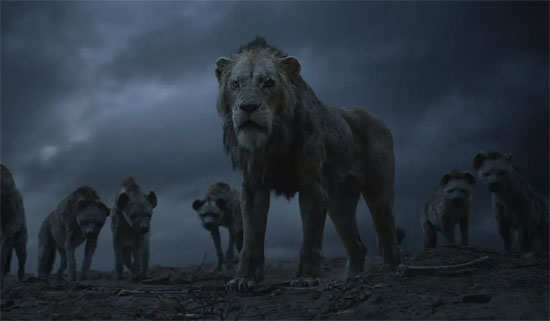
It’s not that people don’t understand artistic creation or are just being nitpicky—it’s that the film’s hyper-realistic visuals thrust audiences into a “third-dimensional” reality.
In the real world, lions hunt for meat, hyenas don’t conspire with the king’s brother to seize the throne, and competition between clans and dynastic upheavals are tenfold more brutal… Yet in the animated realm, “The Lion King” merely tells a child-friendly version of “Hamlet.” This sense of dissonance and discomfort is precisely what prompted many to voice negative feedback.
Movies are dream machines, and animation born from film is an art of imagination.

As one of Disney’s iconic animated masterpieces, The Lion King freely defies natural laws and real-world conventions through song and dance to convey rich emotions—yet audiences accept it as another world.
Among Disney’s recent live-action adaptations, I believe the most successful is the recent “Aladdin.” A key factor in its success is the presence of supernatural elements like the Genie, which preserves the film’s “dreamlike” imaginative space to the greatest extent possible.
The live-action “The Lion King” undoubtedly falls short in this regard. While it possesses the aesthetic beauty of a nature documentary, it fails to align with the spiritual core that defined the original animated version—a genuine disappointment.

I applaud the advanced and excellent production techniques in this “The Lion King,” and I acknowledge that Jon Favreau and the creative team have made a valuable attempt… but not every bold endeavor can reach its ideal destination.
Please specify:Anime Phone Cases » The Lion King 獅子王 2019 Film Review:: The Wonder and Awkwardness of 2.5-Dimensional Characters Coming to Life